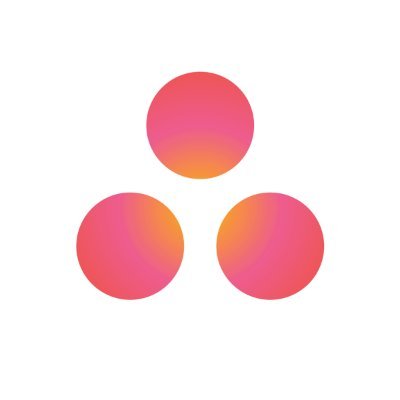About Asana
Asana's story begins with two bright minds at Facebook, Dustin Moskovitz, a co-founder of the social media giant, and Justin Rosenstein, an engineering lead. While revolutionizing social networking, they encountered a common yet significant hurdle within their own teams: 'work about work.' This referred to the endless stream of emails, meetings, and status updates that, while intended to coordinate efforts, often became a distraction from the actual tasks at hand. They recognized the need for a tool that could bring clarity and focus to team collaboration, a way to manage projects and tasks seamlessly without the surrounding noise. This realization sparked the idea for a new kind of productivity tool, one they initially developed for internal use at Facebook, called Tasks.
In 2008, driven by the conviction that their solution had broader applications and could help teams everywhere achieve their goals more effectively, Moskovitz and Rosenstein left Facebook to embark on a new venture: Asana. Their mission was ambitious yet straightforward: to help humanity thrive by enabling all teams to work together effortlessly. The name 'Asana,' a Sanskrit term for a yoga pose, was chosen to reflect the balance, focus, and flow they aimed to bring to the world of work. After a period of intensive development and refinement, Asana officially launched out of beta in November 2011, offering its platform for free. The commercial version followed in April 2012, marking a significant milestone in the company's journey. From its headquarters in San Francisco, Asana began its ascent, steadily gaining traction among businesses of all sizes looking for a better way to organize, track, and manage their work. The platform's intuitive design, coupled with its powerful features for project management, task assignment, and progress tracking, resonated with a growing user base across diverse industries. Over the years, Asana has continued to innovate, introducing mobile applications, expanding its feature set with capabilities like Goals, Portfolios, and Workload, and integrating with a multitude of other essential business tools, solidifying its position as a leading work management platform.
FAQs
- When was Asana founded?
- Asana was founded in 2008.
- Who is the CEO of Asana?
- The CEOs are Dustin Moskovitz (transitioning, new CEO search underway).
- What industries or markets does Asana operate in?
- Asana operates in the following markets: Project Management, Productivity Software, Collaboration Tools, Task Management, Work Management Platforms, SaaS, Enterprise Software, Workflow Automation, Cloud Computing, and Team Communication.
- How many employees does Asana have?
- Asana has 1001-5000 employees.
- Where does Asana have employees?
- Asana has employees in United States.
- Is Asana hiring?
- Yes, Asana has 1 open remote job.
- Does Asana support remote work or working from home?
- Yes, Asana is a remote-friendly company.
- What employee benefits does Asana offer?
- Asana provides 25 benefits to their employees.
- Does Asana offer a four-day work week?
- No, Asana does not offer a four-day work week.
- Is Asana transparent about salaries?
- Yes, Asana practices salary transparency, often including salary or compensation ranges in their job posts. They provide salary data for 1 role.
- What is Asana's tech stack?
- Asana has 15 technologies in their tech stack.
- What is Asana's website?
- Asana's website is asana.com.

